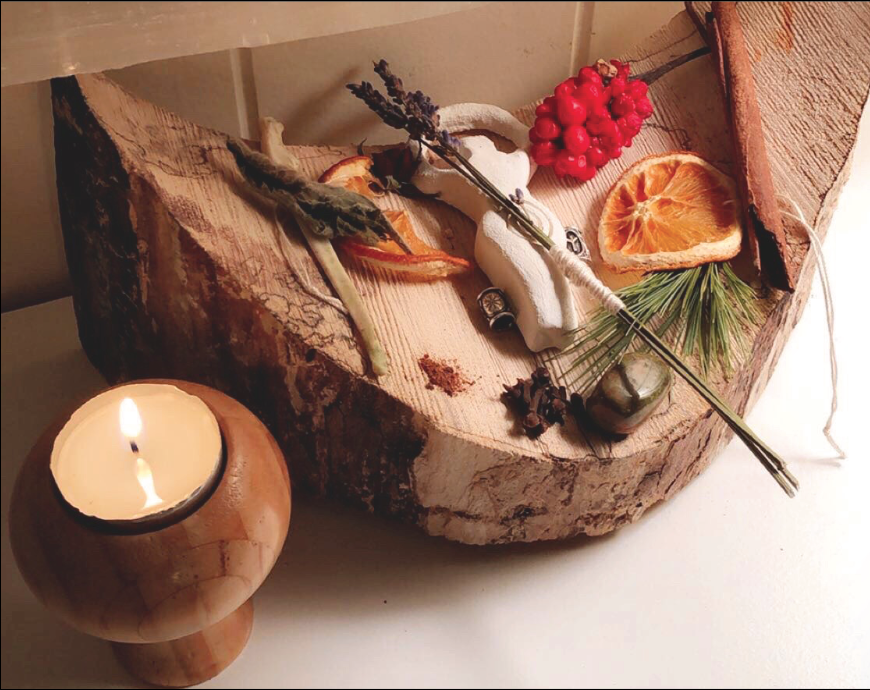
Montana Gates
Contributing Writer
With the winter season upon us, many take this time to prepare for Christmas, Hanukkah, Kwanzaa and many other religious holidays.
In truth, many holiday traditions of this season stemmed from ancient, pre-Christian holidays, such as Yule, the popular winter solstice festival celebrated by Pagans.
Today, Pagans celebrate these ancient holiday traditions by practicing them as they once were, with the intent of connecting with nature and the ways of their ancestors.
According to the Wheel of the Year calendar, the Winter Solstice occurs on Dec. 21 and is known as Yule or Midwinter.
Pagans often take this time to reconnect with nature and many cleanse, renew and reorganize their working space or alters and decorate for the season.
Many of the popular Christmas traditions people enjoy today have roots in Yule practice, such as bringing a tree indoors.
Trees were originally used to create a welcoming place for the woodland spirits, gods and goddesses to spend the cold barren months.
Pine cones, sticks, bones and herbs make good additions to alters.
Herbs and incense used during this season are cinnamon, clove, mint, pine, and myrrh; so these are all in my personal altar.
My tree has pine cones and animal ornaments as well as dried orange slices that represent the sun.
Since my family also celebrates Christmas, it has personal family ornaments as well.
Being pagan does not exclude people of other beliefs from adopting these into their existing traditions, as most of the traditions celebrated now such as yule logs, holly and mistletoe originated from these pagan holidays.
Email Montana at:
mgates4@live.esu.edu

